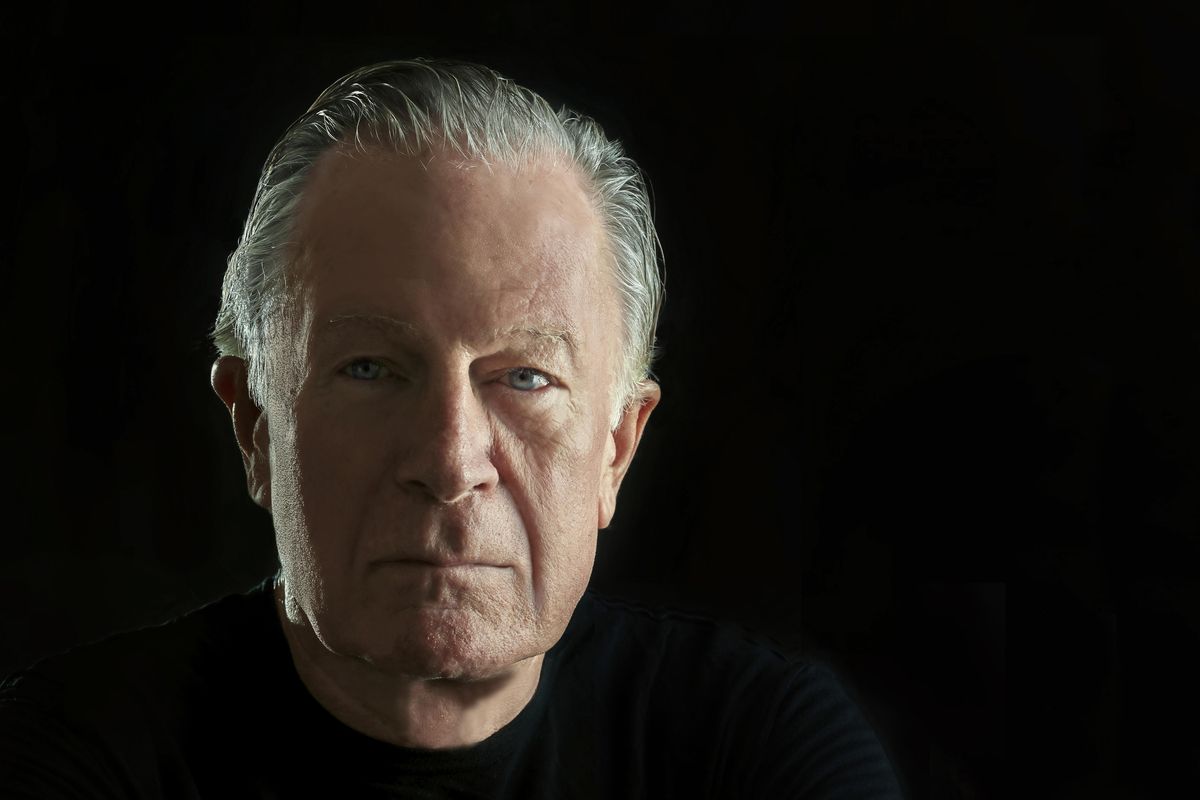Crave spotlight: Jeremiah Tower made his mark on American cuisine

Jeremiah Tower was having “a great morning.”
He was on his way from Cozumel, where he was scuba diving and “helping a friend with a hotel,” to his home in Merida, the capital of the Mexican state of Yucatan, where it was 104 degrees. To beat the heat and just “stop for a few days,” he took a side trip to the coastal resort town of Playa del Carmen.
“Nobody knows I’m here but you,” he said. “I’m getting a ton of work done. This morning, I just came up with a new book idea and passed it by a book editor and she loved the idea.”
It was noon-ish, and he wouldn’t break for lunch until midafternoon, when he would likely search out a freshly made mojito. “A cocktail,” he said, “never tastes as good as after you’ve been working for five or six hours, and it’s 3 or 4 in the afternoon.”
He likes a good margarita. But he’s morally opposed to the way they’re being made in Mexico lately. With bottled, pre-made mix.
Tower, a creator of California cuisine and pioneer of modern American cookery, is a longtime proponent of fresh, local, seasonal ingredients.
So, he said, “I stick with mojitos. I can sit at the bar and show them how to make them.”
Tower’s been showing chefs and home cooks how to make all kinds of drinks and dishes for nearly five decades. He’s the among the world’s first modern-day celebrity chefs, hailed as the “father of American cuisine” by Martha Stewart in the recent documentary about his life produced by Anthony Bourdain. And he’s the special guest at the first-time Crave food and drink festival, where he’ll be signing copies of his latest book, “Start the Fire,” after a screening of the documentary “Jeremiah Tower: The Last Magnificent.”
Fame first found Tower in the 1970s when he worked at Alice Waters’ renowned restaurant Chez Panisse in Berkeley, California. The focus was on local, fresh ingredients and a distinct style of cooking that became known as California cuisine. The Northern California Regional Dinner, produced by Tower in 1976, “was a game-changer. That changed how people experienced restaurants, how they looked at restaurants.”
Tower put local and regional ingredients on the menu for that event, and Waters embraced and expanded upon that philosophy, helping to mainstream the locavore movement. Without Tower, would the popular farm-to-table trend exist?
“I’m not sure,” said Tower, who went on to start his landmark Stars restaurant in San Francisco, which operated from 1984 to 1999. After that, the trailer for the film notes, he just sort of “disappeared” from public view.
He was brash back then, known for his public disagreement with Waters and bad-boy, celebrity lifestyle.
Today, the James Beard Award-winning Tower, who turns 75 in November, seems gracious. But he admits life has been a bit of a whirlwind with the filming of documentary as well as appearances since the premiere.
In fact, later this month, he’s jetting to Miami, where he’s a VIP guest for an event that’s bringing together two dozen top chefs at the former Versace Mansion. (Spokane’s own chef Chad White is one of the 24.)
“The Last Magnificent” debuted at the 2016 Tribeca Film Festival, where Tower watched it alongside the director, Lydia Tenaglia.
“There was dead silence for what seemed like 15 minutes,” he said. “I leaned over and said, ‘I think we got to make a run for it. I think they hate it.’ Then, someone giggled. And, in the end, we got this huge standing ovation. So, I thought, OK, the public adores it, and I guess I do, too. I think it was very well done. It has this kind of dramatic ending.”
The film, which follows Tower as he returns to the kitchen in 2014 for what turned out to be a short stint at New York City’s famed Tavern on the Green, is making him known again.
But, where was he for those 15 years before he resurfaced?
“I went to New York, and I wrote two books. I did 13 shows for PBS. So that was very busy.
“I didn’t go back into the restaurant business. I went to New Orleans, and then Katrina hit when I was scuba diving in Cozumel. I was sort of homeless. There was nothing to go back to. My possessions were flooded. I just stayed in Mexico.
“After Wilma, I moved inland, to Merida. I was in New York for 9-11, and I lived very close to the site. All my friends, if I say I’m coming to visit, they tell me I can’t spend more than a week.”
Disasters, he said, “they follow me around.”
When he’s cooking at home in Merida, he makes a lot of octopus, stone crab claws and warm shrimp cocktail with mezcal. He also uses a lot of citrus, tropical fruits, garlic, white beans, pork – whatever’s fresh and in season, just like he did in California all those decades ago.
His No. 1 pantry item: Champagne. “You need that to inspire you when you cook,” he said.
Other go-to’s: good butter and olive oil, pasta, fresh cilantro and mint – “you can grow it yourself on your window sill” – lemon, lime and garlic. “Just buy fresh,” he said. “Fast food is fast death, so stay away from that.”
Mark your calendar: Jeremiah Tower presents his culinary stage demo from 3:30 to 4:15 p.m. Friday.